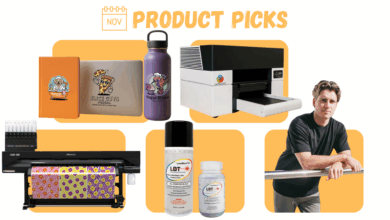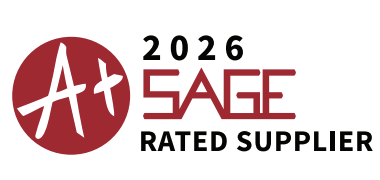1. DPI Laboratory is a fairly new company. Can you share a bit about how it started?
When I left my last company, I took a two-year hiatus but ultimately decided that I just could not get enough — this industry is simply too much fun. Where else can you conflate engineering, chemistry, software, enterprise workflow, and graphic design? I started the company with a line of specialty UV inks and coatings and, at the urging of a number of former clients and colleagues, set out to design an improved line of UV printers. It has been difficult, but I have a fantastic team and I love it.
2. Your company introduced Catalyst printers. What sets these printers apart from others in the UV category?
We simply set out to provide a high-quality product at a good price point. I saw an opportunity in the UV-printing space to push the technology farther, while keeping costs in check and making many features accessible, which were previously reserved for much more expensive and complicated equipment. Our printer packages are simple, but powerful, and designed to help businesses offer more products, while controlling fixed and variable operating costs. We will continue to push those boundaries and improve both the core product line and our value-add services.
3. What other products does your company provide?
Catalyst printers are our flagship product, but the combination of the printers with our software and inks are what really sets the package apart. We started the company with specialty inks and coatings and will continue to provide U.S.-made UV inks and UV-cured coatings and offer custom chemistry. We also offer systems integrations solutions and workflow software that help streamline the order-to-cash process in print and customization operations.
4. What would you say are the biggest challenges facing the printing industry today?
Rising material and supply chain costs are going to become increasingly painful in the near term. We have built a diverse supply chain and are working hard to insulate our customers from the effects of changes in the global economy, but these are difficult waters to navigate right now. Finding and retaining skilled workers to fill positions has also been a struggle for some of our clients. We’re working to move digital-printing technology deeper into the educational realm to help introduce more students to this highly-marketable skill set, which will hopefully help to bring more talent back to the industry and close this skilled trades gap.
5. The flip side of that question: What do you think are the biggest opportunities?
This may sound like an unusual answer, but there is a big opportunity in data related to the print operations. While we are quite proud of Catalyst printers, there are plenty of machines that can make great prints on any number of items or substrates. We believe the future is in providing better visibility to and control over entire production operations. The more data we can make available to our clients, the better they can manage their printer fleet, get ahead of demand, reduce costs, and drive more revenue.




